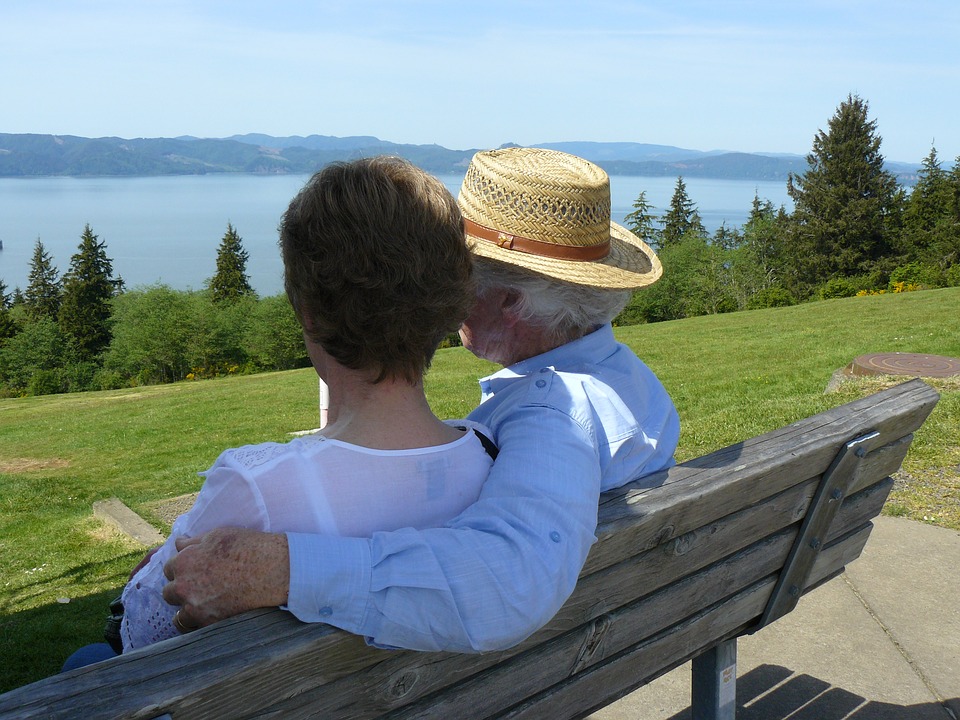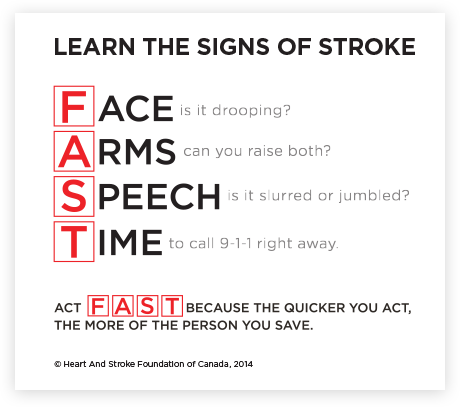Julie Entwistle, MBA, BHSc (OT), BSc (Health / Gerontology)
Brain injury awareness month continues…this stop: Executive Functioning.
Simply defined, executive functions are the capacities we require to achieve a goal. These are commonly referred to as the “CEO” of the brain because they provide people with the higher order processes that allow us to plan, organize, initiate and complete tasks successfully.
Practically, think about the last time you moved. Moving, as an example, is a simple goal of just wanting to relocate from one place to another. The goal is not the problem: it is the processes and thinking required to manage the transition effectively that can be difficult. Several months before moving you are searching for a suitable place, weighing the pros and cons of each location, checking your budget. Then you make the decision of where to move and you need to deal with your existing location. When do you need to notify your landlord, or when should you list your house? Then, months and weeks before you move there are calls to make to utility companies, mail to redirect, insurance to organize, movers to book and packing to do. What belongings are you moving? What should be sold, donated, discarded? The day of the move is chaotic, stressful, and exhausting. Then for months after you continue to unpack, move things around, find ways to arrange and store your stuff.
Really, your level of executive functioning, or your ability to delegate and enlist support for your areas of weakness, will determine the outcome of your move. So now imagine that you have a brain injury and as a result you feel the same sense of stress, fatigue and frustration with more simple daily tasks, such as planning a meal, sorting your mail, or scheduling your time. This is often how people with brain injury feel on a regular basis.
So, what can occupational therapy do to help? Well, the treatment for executive dysfunction is both broad and simple. It is broad because everyone experiences brain injury differently, and comes into it with varying levels of recoverability. It is simple because it merely involves taking a goal and breaking this down into component parts, manageable chunks, and smaller tasks within the whole.
Returning to the moving example, as an OT, assisting someone who has executive dysfunction with a pending move may involve making checklists with tasks and timeframes, and checking on progress frequently. Personally, I like to take a project approach: calling the goal “Operation Move” and mapping out – start to finish – the metrics for success. Perhaps in month one an “apartment hunting worksheet” is created to help the client summarize all the places they are looking at, the pros / cons, address, and list of questions that need to be answered (price, utilities included, length of lease etc.). Often I encourage my clients to use a smartphone to take photos of the options then we cross reference these and catalogue them to keep things organized. From there, the process continues with checklists for calls to make, addresses to change, ways to organize packing and management of belongings. Ensuring the client is responsible for follow-up via “homework” between sessions and holding them accountable for completion of this aids to developing independence. Really, the therapeutic goal is far more than just ensuring the client is able to move successfully. Rather, it is demonstrating a model and method that can be used for any future transitions, goals or tasks. This ensures success that is transferrable to other events at later dates.
Often, the above strategies are also helpful for people with other forms of cognitive impairment – not just ABI, but could include stroke, dementia, or degenerative neurological conditions that impact how the brain organizes, processes and works through daily tasks. Ask an OT – we know stuff!








